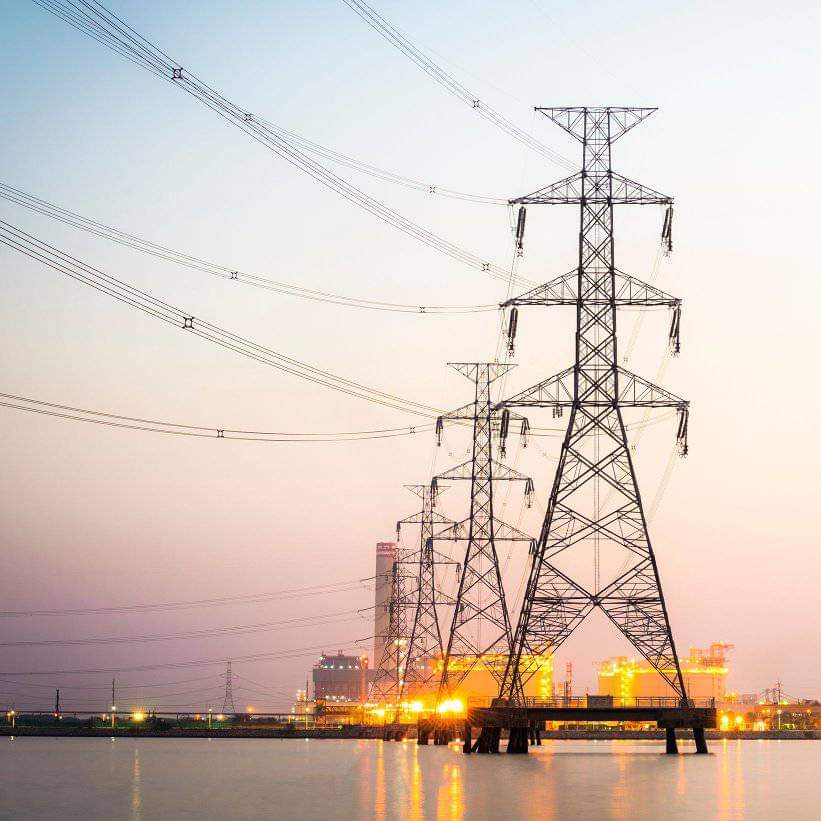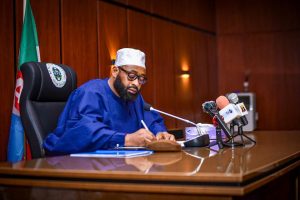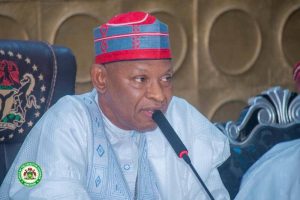
There are strong indications that the federal government is considering a fresh subsidy for the electricity generation companies to cushion the effects of the recent hike in gas price by the producers.
Eighty per cent of Nigeria’s power plants are powered by gas.
This has made it impossible for the federal government to look away from their plights.
Currently, the GenCos are owed over N1 trillion by the electricity distribution companies through Nigerian Bulk Electricity Trading (NBET).
The Niger Delta Power Holding Company (NDPHC) alone is owing a whopping sum of N198 billion. The company is the largest generation company in Nigeria with 4,000MW to the national grid.
It was learnt that the industry regulatory body, Nigeria Electricity Regulatory Commission (NERC) alongside top players in the sector are putting finishing touches to the new deal for the sector.
The federal government’s subsidy to the electricity sector has fallen by about 80 per cent between 2019 and 2022, an analysis of the sector regulator’s latest report shows, as power companies ask for an increase in power tariffs.
Managing director, Niger Delta Power Holding Company (NDPHC), Chiedu Ugbo had told LEADERSHIP in Lagos that the major challenge the GenCos are facing is that the gas the plants are consuming is denominated in dollars that mean $2.18 cents paid for a cubic feet is paid for in equivalent in naira.
“Before now, we were paying at the official rate, which is around N440 to a dollar now it has gone up to N700 to a dollar due to fluctuation of the market; before it wasn’t fluctuating like that. What this means is that if you allow the market to determine the price, the tariff will go up at more than 70% of the current rate. So that price increase has not happened and it cannot happen because it will be a huge burden on the consumers in the country.
Recall that Ugbo had recently appealed to the gas producers to have a rethink in the current practice of pricing domestically produced natural gas in foreign currency.
He frowned at the selling of domestic gas in dollars.
He explained that the recent unification of the exchange rates had led to a hike in the cost of gas used to run power plants.
“If we can find a means to reduce the cost of gas, at least, for domestic consumption that would help a lot. Gas should not be denominated in US dollars and then be exposed to vagaries in the forex market,” Ugbo said in a statement issued in Abuja by the NDPHC.
According to the NDPHC boss, electricity producers need gas to fire their power plants.
“We should find a reasonable means to supply gas for domestic consumption. IOCs (international oil companies) have gas, but they are unwilling to reserve gas for the domestic market. I understand their position about the illiquidity of the domestic market, but there is a need for a good handshake between the gas regulator and electricity regulator for us to harmonise interests,” he noted.
In its third quarter report, the NERC said that government support for the Nigerian Electricity Supply Industry (NESI) fell from N49.50 billion in 2019 to N10.17 billion as at the fourth quarter of 2022.
“The N10.17 billion per month support represents a major reduction in the size of government subsidy support to the NESI which peaked at around N49.50 billion per month in 2019,” the commission said in its report.
Government’s support to the electricity sector largely goes to the Nigerian Bulk Electricity Trader (NBET), the operator in the electricity value chain that pays all others.
The distribution companies (DisCos) had in June this year insisted on hiking electricity tariff by July 1, 2023 due to factors including the increase in exchange rate, which was about N785/$1 then, inflation rate at 22.41 per cent in May 2023 among others should be reflected in the tariff as the last tariff increase was benchmarked on N400/$1 being the official exchange at the time.
Each of the 11 discos had made separate request for tariff review application to NERC in pursuant to Section 116 (1) and 2(a&b) of the Electricity Act 2023 and other extant rules.
The request for rate review is premised on the need to incorporate changes in macro-economic parameters and other factors affecting the quality of service, operations and sustainability of the companies.
“That price increase has not happened and it cannot happen because it will be a huge burden on Nigerians. The regulator is working out something. We are expecting an official statement from the regulator”, a top industry source told LEADERSHIP.
NERC in its Market Competitive Report had argued that end-user tariff subsidy in Nigeria is pro-rich as the top-income group consumes more electricity than the low-income group, thereby benefiting more from subsidy than the lower income earners.
It added that the end-user tariffs vary by each DisCo and depicted a general increase between 2019 and 2022.
The real end-user price of electricity (adjusted for inflation) continues to decline in Nigeria; end-use tariff in Nigeria is lower than end-use tariff in 11 of the 16 ECOWAS countries partly due to the tariff subsidy provided by the federal government and the relatively cheaper gas price in Nigeria; and generation costs constitute the major components of end-user tariffs/bills in Nigeria, about 49 per cent of end-use tariff in 2022.
Meanwhile, Ugbo has said that the installed and generation capacities of the power plants connected to the grid have continued to increase from 2015 when GenCos were handed over to private investors. As at December 2022, 28 power plants were operational in NESI. The high number of generation plants and the opportunities created by various regulations allowing DisCos and large consumers to contract bilaterally and supported by the proposed exit of NBET from the market, have somewhat improved the level of competition in that segment of the value chain. The installed capacity in NESI grew by 7.95 per cent from 12,132MW as at December 2015 to 13,097MW as at December 2022.
During the same period, however, the average available capacity decreased by 2,324MW from 6,401MW recorded in 2015 to 4,059MW in 2022 due to deteriorating plants/units’ capacities, poor maintenance due to liquidity challenge and access to FOREX, non-binding contracts and delay payment; and the introduction of stringent regulatory measure against wrong declaration. It is also noteworthy to mention that during the period Gbarain NIPP was out of operation till date. The non-availability of this plant may have also overstated the reduction in available capacity linked to the old plants.






